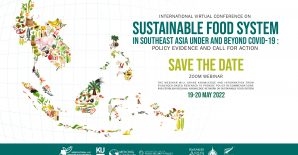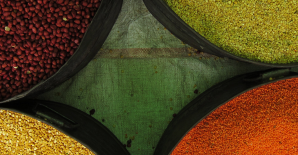With the initial onset of COVID-19, pictures of empty supermarket shelves and panic buying raised questions about the impacts of the pandemic on food supply chains. Around the world, governments have responded in multiple ways to address some of the major constraints generated by lockdowns, restrictions on transport, and financial stresses experienced by farmers, retailers, and consumers (Hawkes 2020; Reardon and Swinnen 2020). Drawing on the data collected for 28 countries for IFPRI’s COVID-19 Policy Response (CPR) Portal, this brief summarizes the distribution of policy choices by governments, highlighting where innovations emerged as well as where there has been a reversion to the status quo.
As with all crises, COVID-19 has prompted some reversion to agricultural and food policies that worked in the past and the expansion of programs that have a historical and significant presence, such as subsidy and procurement programs. However, particularly for distribution and retail, the pandemic is prompting a range of new technologies and modes of doing business that may well persist for years to come if they are found to be scalable beyond major cities. Such scalability will depend on a host of concurrent investments in digital literacy, data privacy regulations, and the interoperability of e-payment solutions. At the same time, the pandemic reinforces the longstanding need for traditional investments in storage and processing infrastructure in order to extend the life of perishable commodities that suffer delivery delays due to closed borders, quarantines, and reduced shopping hours. More broadly, governments should aim to ensure that their very dispersed fiscal, monetary, trade, regulatory, and investment policies across value chains and supply chains are indeed complementary with their other COVID-19-related support to consumers and in line with their longer-term agrifood system transformation objectives.



